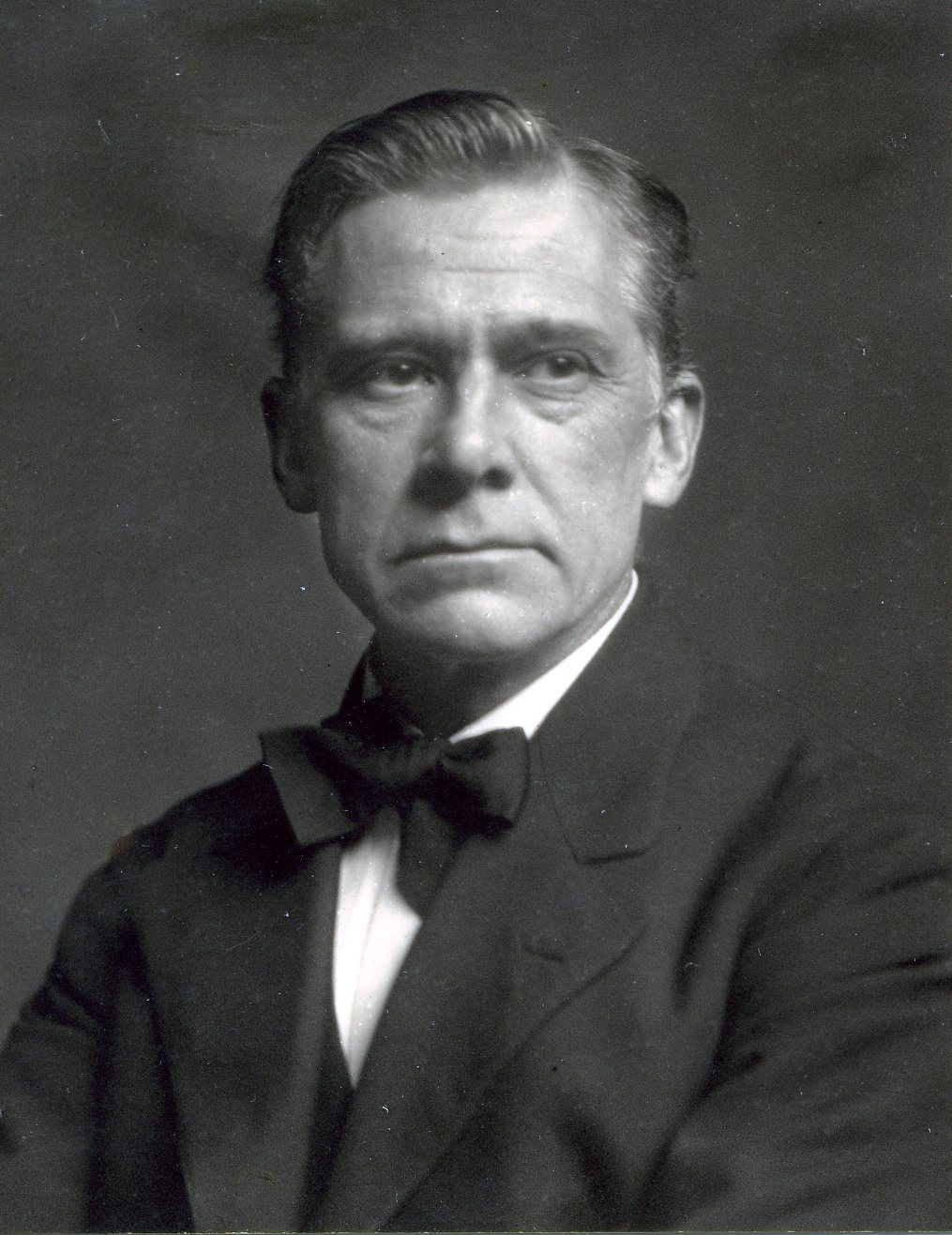Artist
Centurion, 1908–1941
Born 28 September 1855 in Shelbyville, Tennessee
Died 24 April 1941 in Hanover, New Hampshire
Buried Dublin Town Cemetery , Dublin, New Hampshire
, Dublin, New Hampshire
Proposed by Julian Alden Weir and Walter Shirlaw
Elected 6 June 1908 at age fifty-two
Archivist’s Note: Father of Gerome Brush
Century Memorial
George De Forest Brush was rich in the finer elements of character. He dedicated himself to art with a high seriousness and at the same time he abounded in lighter traits. A distinguished Centurion who was long his intimate paid tribute to him in a letter published at the time of his death, a letter upon which it is an irresistible temptation to draw. Mr. Charles C. Burlingham paints Brush as a man “trustful as a child, living as simply and naturally as any of his ancestors, joyous and gay and radiating joy and gayety always and everywhere.” He could enter with zest into the playing of charades and at their termination he would execute a war dance, recalling the life he had lived amongst the Indians of the West, early in his career. Never was there a blither spirit. And never was there a more gravely devoted artist. He once said in a lecture: “A student learns nothing until he comes under a master. . . . We must not run after new things. We must find out what the masters knew.” He found out and it nourished the artistic rectitude that was in him.
Born in Shelbyville, Tenn., he died at eighty-five, at Hanover, N. H. It was at Dublin, in the same state, that he had made his home for more than fifty years, pursuing in his studio there a career that had nevertheless been marked by wide travel abroad. As a young man studying at the Ecole des Beaux-Arts he fell under the influence of Gérôme, whose disciplinary admonitions he never forgot. They but sustained, however, an innate disposition toward something like an austere habit in the execution of his pictures. All his life he was a scrupulous draftsman, using at first a line slightly reminiscent of his master but soon developing one that was unmistakably his own. The same progress that is noticeable in his drawing is to be observed in his painting. One of his first pictures, “The Sculptor and the King,” might proclaim the disciple of Gérôme, but the works that followed have a largeness, a breadth and a nobility that issued solely from the genius of Brush.
It was a spiritual genius that he possessed, one attuned to a lofty idealism, and there was in it a great store of tenderness. In his early Indian studies, like “The Silence Broken” or “The Indian and the Lily,” you think primarily of his command over the definition of form. In his later work, given much to the painting of mothers and their children, and to portraiture, you think also of his gentle emotion, his sweet sentiment that never verged on sentimentality, his insight in characterization, and, as to style, a certain kinship with the old masters. He had considerable traffic with the latter, especially those of Italy, a country he loved. He was avid of beauty and it was for the creation of beauty that he lived and labored. In the old masters he found such beauty and such serenity as he lodged in his own intensely individualized paintings.
“What a lovely family it was!” exclaims Mr. Burlingham as he writes of Brush and his people. “Driving in Italy they were stopped at the octroi, but the officer looking into the carriage and seeing the five children said ‘Santa Famiglia’ and let them pass.” The incident is perfectly illustrative of Brush’s happy passage through life. “Lovely” is the word for him, in his life and in his art.
Geoffrey Parsons
1941 Century Memorials

